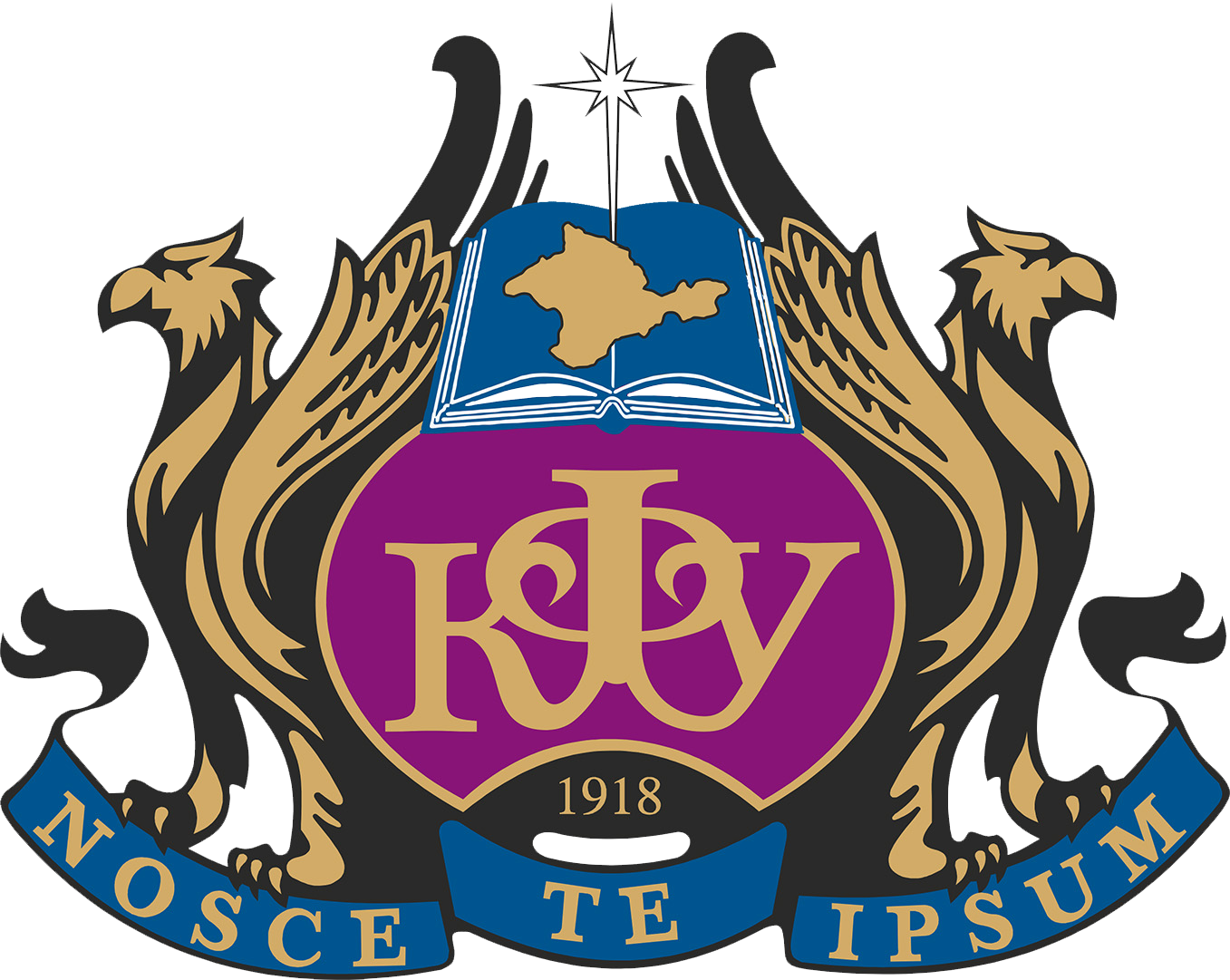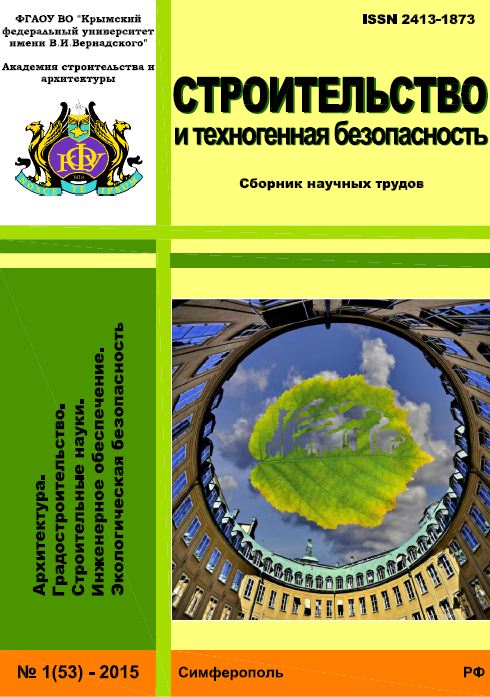Abstract. The review of the most common turbulence models in engineering calculations, which allow approximate description of turbulent flows using the Reynolds equations of motion, is carried out, and their areas of application are shown. To calculate turbulent flows by solving the Reynolds equations, a closure hypothesis is adopted for apparent turbulent stresses and other variables included in the equations. It is noted that Businex is considered one of the main ones, which is confirmed by experimental studies of turbulence, which show that the turbulent flow is characterized by the presence of an energy cascade from large to smaller scales. In addition, the authors considered: the semi-empirical Prandtl theory based on the assumption that turbulent motion consists of an infinite number of vortices of various scales that interact with each other and transfer energy from large scales to smaller ones, models specially adapted to a specific type of problem, for example, LES for modeling the interaction of turbulent flows, a generalized theory of developed turbulence (GDT, Generalized Theory of Turbulence), which is a theory, developed for the description and simulation of turbulent flows in various technical devices. It is proved that one of the most common approaches is to use models with different levels of detail, starting with simpler models and moving on to more complex ones, if necessary to achieve the required accuracy. This approach is called the "ladder of models" or RANS/LES method. Subject of research: turbulence models for calculating aerodynamic characteristics of gas flows. Materials and methods: the basis of the performed research is a number of scientific works of domestic and foreign researchers in this field and the results obtained by the authors in the course of the work. A systematic approach is used, meaning consideration and study of the object of research as an integrated system consisting of many interrelated elements. Results: The authors note that one of the most common approaches is to use models with different levels of detail, starting with simpler models and moving on to more complex ones if necessary to achieve the required accuracy. This approach is called the "ladder of models" or RANS/LES method. Conclusions: The choice of a turbulence model for specific cases depends on a number of factors, including flow characteristics, available data, accuracy requirements and computational capabilities. The selection criteria include: physical properties and flow mode; the degree of accuracy of calculations and calculation capabilities.
turbulence, turbulence model, fields of application, k-epsilon model, Besinesk model, "ladder of models"
1. Abramovich G.N. Teoriya turbulentny`x struj / G.N. Abramovich - M.: E`KOLIT, 2011. - 720 s.
2. Anderson D. Vy`chislitel`naya gidromexanika i teploobmen. T.2. / D. Anderson, Dzh. Tannexill, R. Pletcher. – M.: Mir, 1990. – 392 s.
3. Ae`rogidromexanika / A.A. Kovalenko, V.I. Sokolov, Yu.I. Osenin i dr.. – Lugansk: Izd-vo VNU im. V. Dalya, 2009. - 516 s.
4. Bre`dshou P. Vvedenie v turbulentnost` i ee izmerenie / P. Bre`dshou. - M.: Mir, 1974. - 279 s.
5. Zimin V.D. Turbulentnaya konvekciya / V.D. Zimin, P.G. Frik. - M.: Nauka, 1988. - 173 s.
6. Idel`chik I.E. Ae`rogidrodinamika texnologicheskix apparatov (Podvod, otvod i raspredelenie potoka po secheniyu apparatov) / I.E. Idel`chik. M.: Mashinostroenie, 1983. - 351 s.
7. Lojczyanskij L.G. Mexanika zhidkosti i gaza/ L.G. Lojczyanskij. – M.: Nauka, 1978. – 735 s.
8. Osnovy` mexaniki sploshny`x sred / Nedopekin F.V., Kovalenko A.A., Sokolov V.I., Andrijchuk N.D., Gusenczova Ya.A. - Lugansk: Izd-vo VNU im. V. Dalya, 2010. - 377 s.
9. Rejnol`ds A.Dzh. Turbulentny`e techeniya v inzhenerny`x prilozheniyax Per. s angl./ A. Dzh. Rejnol`ds. – M.: E`nergiya, 1979. – 408 s.
10. Sokolov V.I. Ae`rodinamika gazovy`x potokov slozhny`x ventilyacionny`x sistem/ V.I. Sokolov. – Lugansk: Izd-vo VNU im. V.Dalya, 1999. – 200 s.
11. Xince I.O. Turbulentnost`. Ee mexanizm i teoriya / I.O. Xince. - Moskva.: Gosudarstvennoe izdatel`stvo fiziko-matematicheskoj literatury`, 1963. - 680 s.
12. Batchelor G.K. The Theory of Homogeneous Turbulence. Cambridge University Press, 1982. - 212 p.





